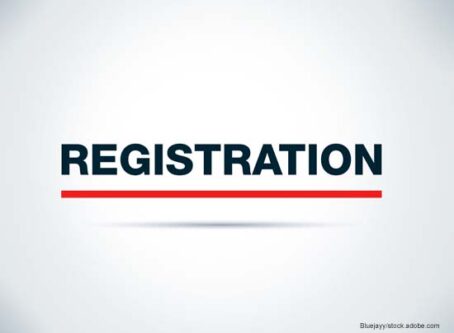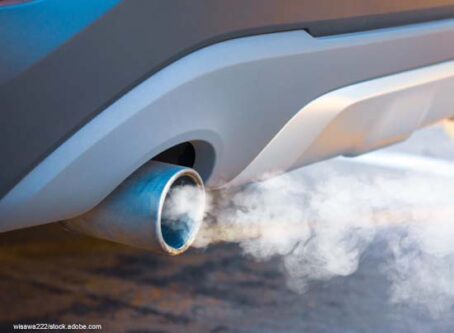U.S. DOT plans to allow oral fluid as drug testing method
The U.S. Department of Transportation plans to give employers the choice to include oral fluid specimens in their drug testing programs.
A notice of proposed rulemaking to amend the transportation industry’s drug testing program procedures is set to publish in the Federal Register on Monday, Feb. 28. The public will have 30 days to comment.
The proposal follows the Department of Health and Human Services’ 2019 rule that allowed federal executive branch agencies to use oral fluid specimens as part of the drug testing. Although the rule went into effect on Jan. 1, 2020, each agency is required to go through its own rulemaking process. Monday’s notice of proposed rulemaking marks the beginning of that process for the Department of Transportation.
“This will give employers a choice that will help combat employee cheating on urine drug tests and provide a more economical, less intrusive means of achieving the safety goals of the program,” the notice stated. “The proposal includes other provisions to update the department’s regulation and to harmonize, as needed, with the new mandatory guidelines for federal workplace drug testing programs using oral fluid established by the U.S. Department of Health and Human Services.”
Reasoning for proposal
The original guidelines for federal workplace drug testing programs were established in 1988. Since then, the requirement has been to collect a urine specimen. Supporters of oral fluid drug testing say it can be used at the same level of accuracy as urine testing. According to a chart included in the notice, the window of detection or oral fluid testing is typically shorter but similar to the window for urine testing.
Another advantage of oral testing, according to the notice, is that it allows for direct observation of collection. Because of privacy concerns, most urine collections are unobserved.
“Unlike directly observed urine collections, an oral fluid collection is much less intrusive on the tested employee’s privacy,” the notice stated. “By providing the option of collecting an oral fluid specimen, DOT is broadening options for the testing of safety-sensitive employees in the transportation industries.”
The move toward oral fluid testing comes at a time when the Trucking Alliance and others in the industry have been making a push for mandatory hair testing. While urinalysis satisfies the current drug and alcohol testing requirements by the FMCSA, many large fleets require employees to undergo hair and urine testing.
The Trucking Alliance is using a recent study from the University of Central Arkansas to support its efforts for mandatory hair testing. Meanwhile, the OOIDA Foundation called the study flawed.
OOIDA response
The Association said it is in the process of reviewing the oral drug testing proposal while remaining adamantly opposed to hair testing.
“This notice of proposed rulemaking initiates the process for the Department of Transportation to include oral fluids testing as an alternative to the urine testing methods that are currently required,” said Jay Grimes, OOIDA’s director of federal affairs. “We will be reviewing the protocols to determine what impacts oral testing would have on highway safety, including the costs and any possible privacy issues for drivers. As DOT considers adding oral fluids to drug testing regulations, OOIDA remains opposed to any efforts that would mandate hair testing for truck drivers.”
Once the notice of proposed rulemaking is published in the Federal Register, the public will be able to comment. To do so, go to the regulations.gov website and enter docket No. DOT-OST-2021-0093. LL









